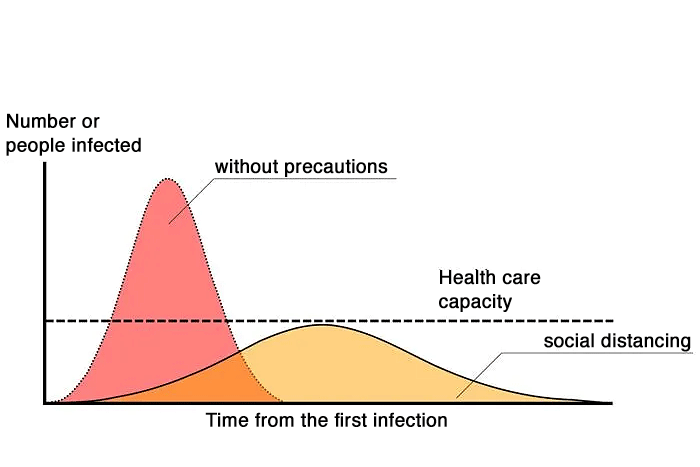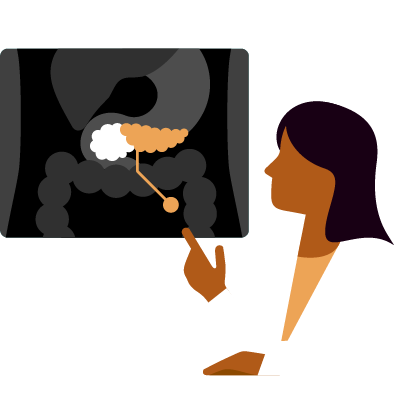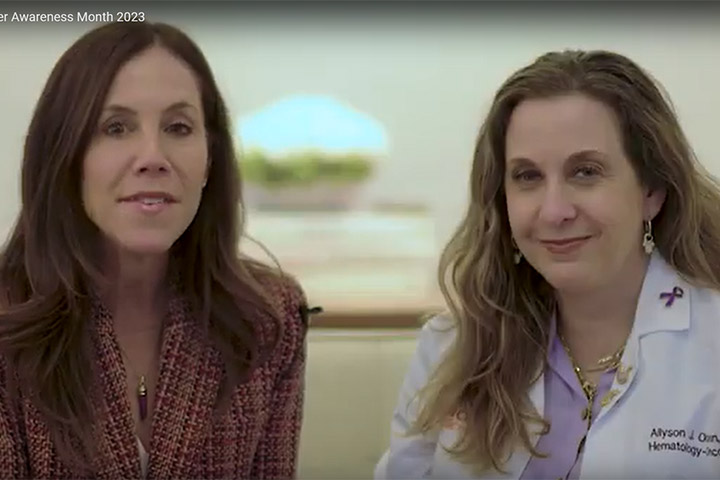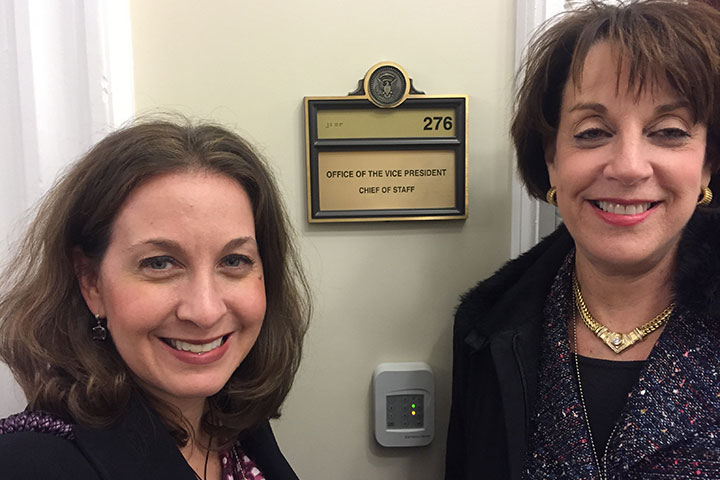Understanding “Flattening the Curve” and Why it’s Important

Johannes Kalliauer/CC BY-SA 4.0
Since mid-March many parts of the US have been under social distancing orders, to “flatten the curve” of COVID-19 infection. But what does that mean?
Very simply, “flattening the curve” means to slow the rate of illness so that the healthcare system has enough beds, people, and equipment to treat everyone who is sick.
What Is “Flattening the Curve”?
As we know, COVID-19 spreads very easily. Many people can carry the virus without showing symptoms and expose others before getting sick, if they even get sick at all.
Pandemic researchers created a graph with the number of sick people on the vertical axis and the time from first illness on the horizontal axis. The curve of the graph shows how many people get sick over a period of time. If many people get sick in a short period of time the curve is steep, like a tall mountain. If the same number of people get sick over a longer period of time the curve is flatter in shape with a much gentler slope, like a broad hill.
Also on this graph is an additional line showing healthcare capacity. This is the number of hospital beds, healthcare workers, and supplies available to care for the sickest patients.
When everyone gets sick at once—a steep curve—the number of people needing hospitalization can far surpass the capacity of the healthcare system. This means that very sick patients may not get proper treatment. In fact, this happened at the peak of COVID-19 infection in Italy.
If the same number of people get sick over a longer time period, fewer people need hospitalization at the same time; the healthcare system is not overwhelmed, and everyone is able to get treatment. In New York, the rate of infection was slowed, and although the healthcare system was very taxed, New York did not run out of beds or equipment.
If the Curve Flattens, Why Isn’t the Pandemic Over?
If recent hospitalization and death rates from New York indicate that the curve has likely flattened, this means that everyone can go back to their normal routines, right? WRONG!
Flattening the curve only applies to the healthcare system’s capacity, not to the actual presence of virus in the community. COVID-19 is still spreading, so people need to continue social distancing practices until we get better surveillance, better testing, and more effective treatment. Otherwise, the number of cases will climb, making the curve steep once again.






